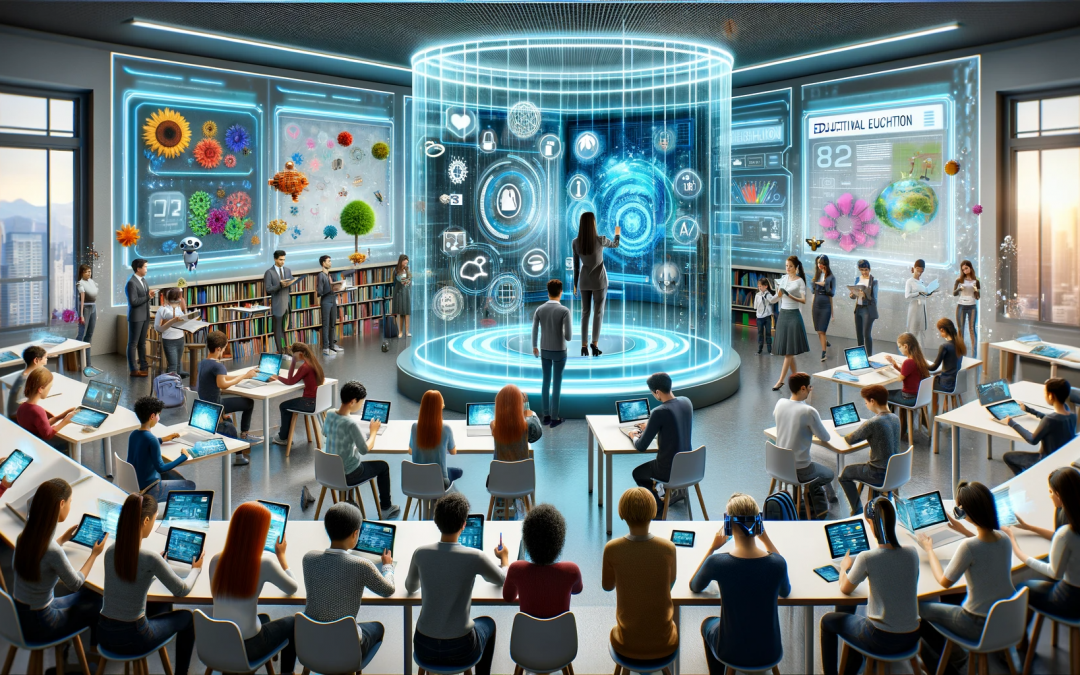Last week the University of Rhode Island hosted an Academic Summit focused on Generative AI and Higher Education. The keynote speaker shared his research and some predictions for the future of education. The reaction of the attendees was mixed. There was a sense of fear in the room. This was not the first time I have witnessed this fear among educators.
We live in an age where data and information are doubling at an unprecedented rate. As the world evolves and new discoveries are made, it is difficult to keep up. The field of education struggles to keep pace. Lack of resources, archaic buildings, and a lack of respect for educators stymies progress. The rise of AI is just the latest change to impact schools.
AI will be a permanent game-changer for the field of education. Today in my class, I asked my students how they utilize it daily. They provided examples like, “Helps me with brainstorming,” “Providing additional background knowledge,” “Check for plagiarism,” and “Check for grammatical errors.” I shared how I use AI for lesson planning, rubric creation, and syllabus development. We discussed the ethical and moral dilemmas connected with the use of AI, appropriate ways to use it, and to always verify the output. At the end of the class, I advised my students to incorporate AI into their work but to also cite its use.
AI is not going away. It will play a larger role in our society as each year goes by. I am not afraid of this technology, but I am concerned with how we become critical consumers of information. How do we help our youngest learners to recognize what is AI and what is not? How do we teach students that AI is just another tool to support learning? How do we help our grandparents understand that the picture they saw on Facebook is not real and was created to spread fear, anxiety, or misinformation?
Superintendents, principals, and teachers will once again be at the forefront of working through the challenges AI presents. School leaders need to embrace this technology and open a dialogue with students, families, teachers, and communities about the responsible use and interpretation of AI. My fear is that school districts will attempt to ban AI through policy. This could pose challenges for principals and teachers in navigating the integration of AI. District level policy needs to provide flexibility for learners and educators to adapt and grow.
As schools navigate the integration of AI, I hope our response is not one of fear, but of informed engagement and adaptability. By fostering an environment of continuous learning, ethical consideration, and open dialogue, we can ensure that AI serves as a catalyst for enriching education, rather than a source of apprehension.


Recent Comments